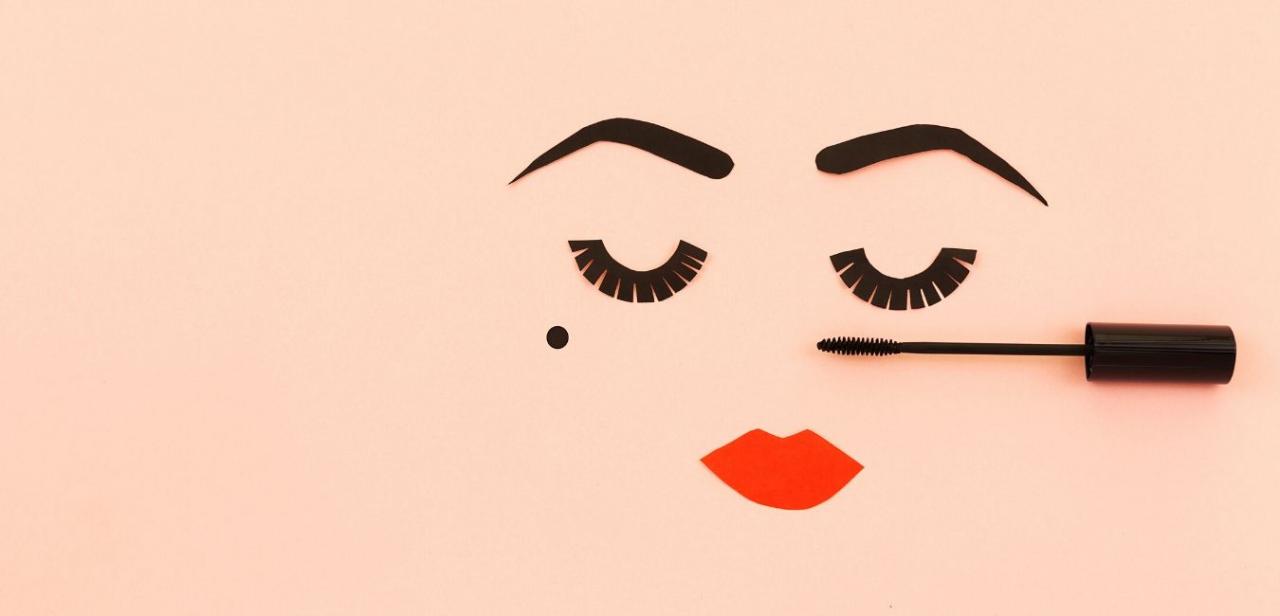Fetishism is sexual excitement with use of inanimate objects. Fetishism is a mental health disorder classified by DSM criteria. The disorder usually presents with intense sexual arousal, excitement and erotic fantasies involving inanimate objects for at least six months. Moreover, the disorder can cause a variety of behavior changes and interferes with normal social behavior and interpersonal relationships. In rare cases, the fetish can be so intense that it also interferes with work.
Fetishism is not a rare disorder. While the exact number of people who dabble into this type of behavior is not known, it is estimated that at least 1-5 percent of the population has some degree of fetishism. Most fetishists tend to be males. Fetishism tends to peak in early adolescence and continues as long as the individual is sexually active. Both men and women while masturbating may fantasize about a fetish object or they may rub, suck, wear or insert the item(s) into their body orifices. In most cases, fetishism is a solitary sexual behavior but it is not unusual for couples to practice fetishism. Some people smell the fetish or may ask the sexual partner to wear the object during sexual activity. It is believed that close to 30 percent of couples practice fetishism in their sexual relationships--however, the fetish is controlled and does not affect their personal lives.
One may develop a fetish to any number of objects but the most common are rubber, plastic, shoes, leather, underwear, hair, high heel shoes, boots, stockings and clothing. In many cases, the fetish is so strong that without it, the individual may be unable to achieve sexual satisfaction.
Practicing fetishism is not illegal but when the individual starts to combine it with other sexual disorders like voyeurism or pedophilia, then it results in criminal behavior.
It is widely believed that fetishism is a learned behavior and not something that is genetically acquired. Individuals with fetishes often tell of physical or sex abuse during childhood. Many males who have fetishes also practice other sexual behaviors like masochism, sadism and transvestism.
People who are into fetishism enjoy the behavior and find it erotic. Thus, most people never willingly seek help. Some individuals run into trouble with the law and are required to seek help. The treatment of fetishism is a combination of cognitive behavior therapies and medications. Common drugs used to treat fetishes include drugs which reduce sexual hormones and anti anxiety agents. In most cases, therapy is not required for fetishes.





Add a CommentComments
There are no comments yet. Be the first one and get the conversation started!